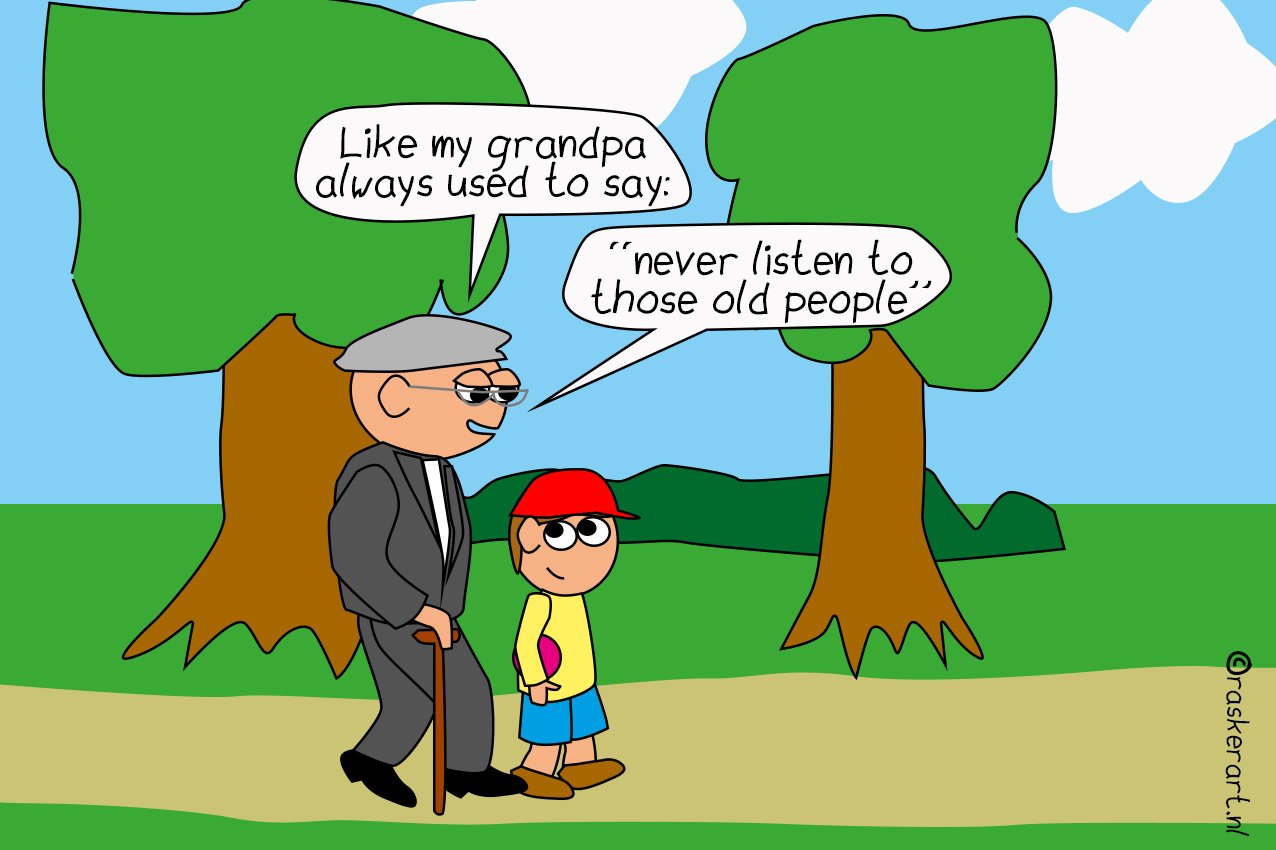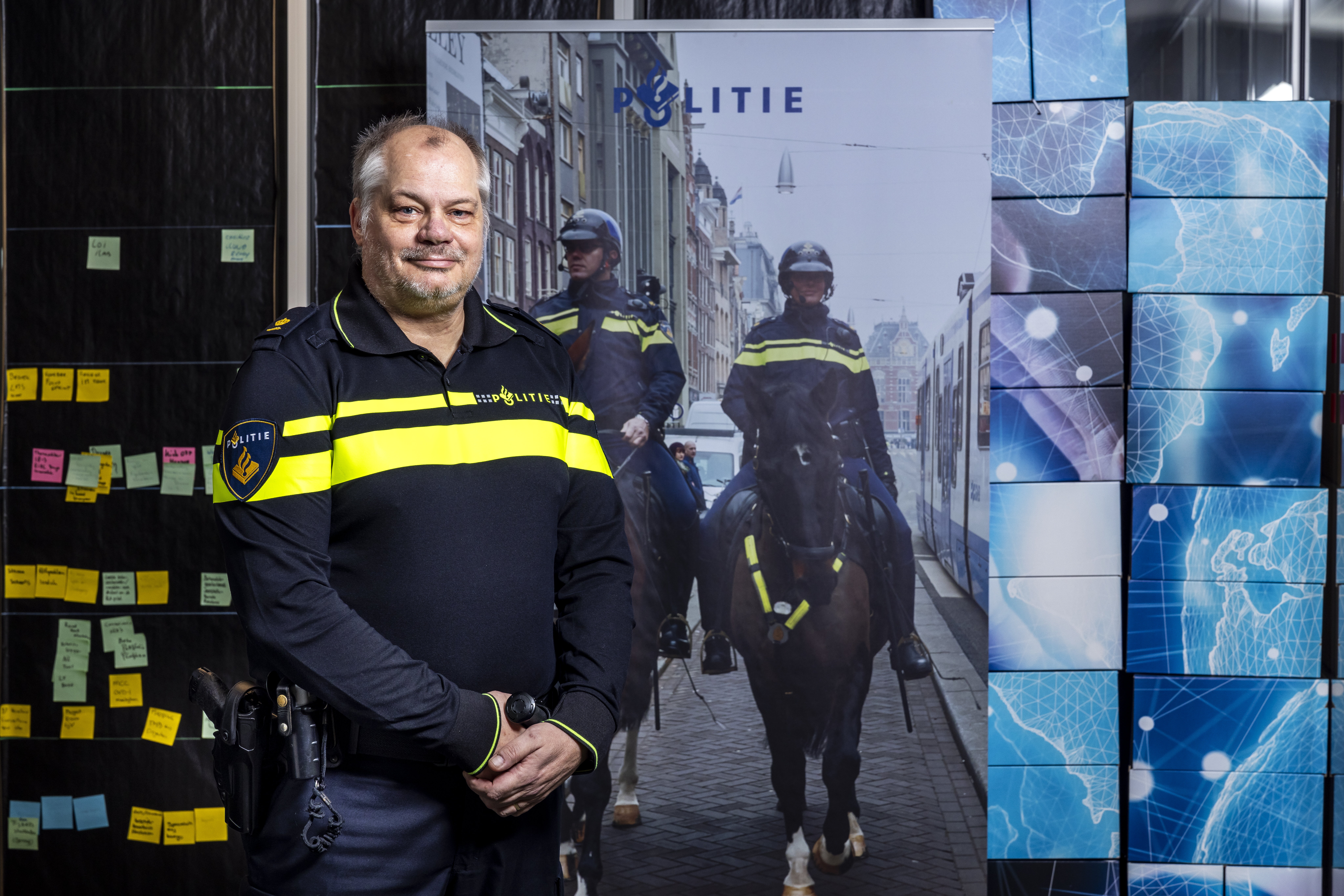
The historian in me sometimes finds it difficult to let go of the past – every time you see clues that make you aware of how events from long ago still influence our lives today. We seem, as a society or as individual citizens, to fall more often than is desirable into the mistakes that our ancestors also made before. Why do we do this anyway?
Frustration about this, fortunately for me, usually quickly gives way to a sense of progress that is at least as easily observable. At a global level, we see that poverty is gradually being reduced, that we are increasingly able to use renewable energy, that education is more accessible than ever, and that healthcare continues to develop, both in the prevention and cure.
Especially the latter, we at Innovation Origins were often reminded of this past week. Yes, healthcare is taking steps in the right direction, every day. With new methods of treatment, we are given hope and confidence that in time the lives of all of us will improve – and that for those touched by serious illnesses there is well-founded hope of a cure.
And of course, for us, this is not happening fast enough. In my head, there’s room for both the conviction of a better future and the frustration with an unresolved legacy from the past. But to be honest, the forward-thinking part of me still prevails. It is very much in line with the maxim that hung in our editorial office when we were just starting Innovation Origins: “Not what went wrong yesterday but what can be better tomorrow.” It’s still our motto as an organization; it remains the driving force on which our editors make their choices. Let’s stick to it also when it comes to treating all those complicated diseases that still worry us today. We don’t dwell on what was impossible yesterday but cling to what we will solve today and tomorrow.
Examples
That thought is, obviously, also very visible among the people we spoke to last week for our articles. A handful of examples:
Take the story about the Dutch doctor who is busy working for less fortunate countries. Corine Spaans’s story shows how he developed the platform IMPALA. A robust and easy-to-use smart monitor that allows the nurse to monitor a large number of babies at the same time via a tablet. The doctor could also have focused on the Netherlands. He could have looked closer to home. Hats off to him for taking the extra step.
How nice it is when a solution shows up, or something that makes your life easier. For example, thousands of patients with diabetes-1 have already benefited from a wearable pancreas. And the good news is: soon available for an even much larger group, says Elcke Vels.
Zsuzsi Palotas visited Romania for our series ‘Decarbonizing Europe’. There she came across a group of inhabitants who are committed to protecting the primeval forests with their bears and wolves. She saw for herself how these people have been rolling up their sleeves for years, trying to stop deforestation. Because even though a forest can (re)generate itself – that’s what Romanians have been playing their cards on so far – if you give Mother Nature a hand, it goes a lot faster.
While we’re at it in that corner of Europe: do you remember Frankenstein’s monster? I think the noble scholar would have spent a fortune if he had been allowed to use the artificial skin developed by Austrian scientist Anna Maria Coclite. With it, a robot can really “feel”, Hildegard Suntinger observed in Vienna. You can thus also give people with prosthetic limbs feeling in an artificial hand.
Of a completely different order, but just as inspiring: Lisanne Havinga is working at TU Eindhoven on a standardized model that can calculate how to make your house as sustainable as possible. During her earlier jobs in architecture and at the municipality of Amsterdam, she saw that people often receive contradictory advice when they want to make their homes energy-efficient. Now she has made it her mission to make the optimal energy renovation possible for every house in the Netherlands, and later in Europe. How exactly she plans to do that, you can read in this story by Aafke Eppinga.
As I said: there are a ton of examples of people who did not (only) look at what went wrong yesterday, but especially at what will be better tomorrow. We’ll keep on looking for those stories – every single day.







